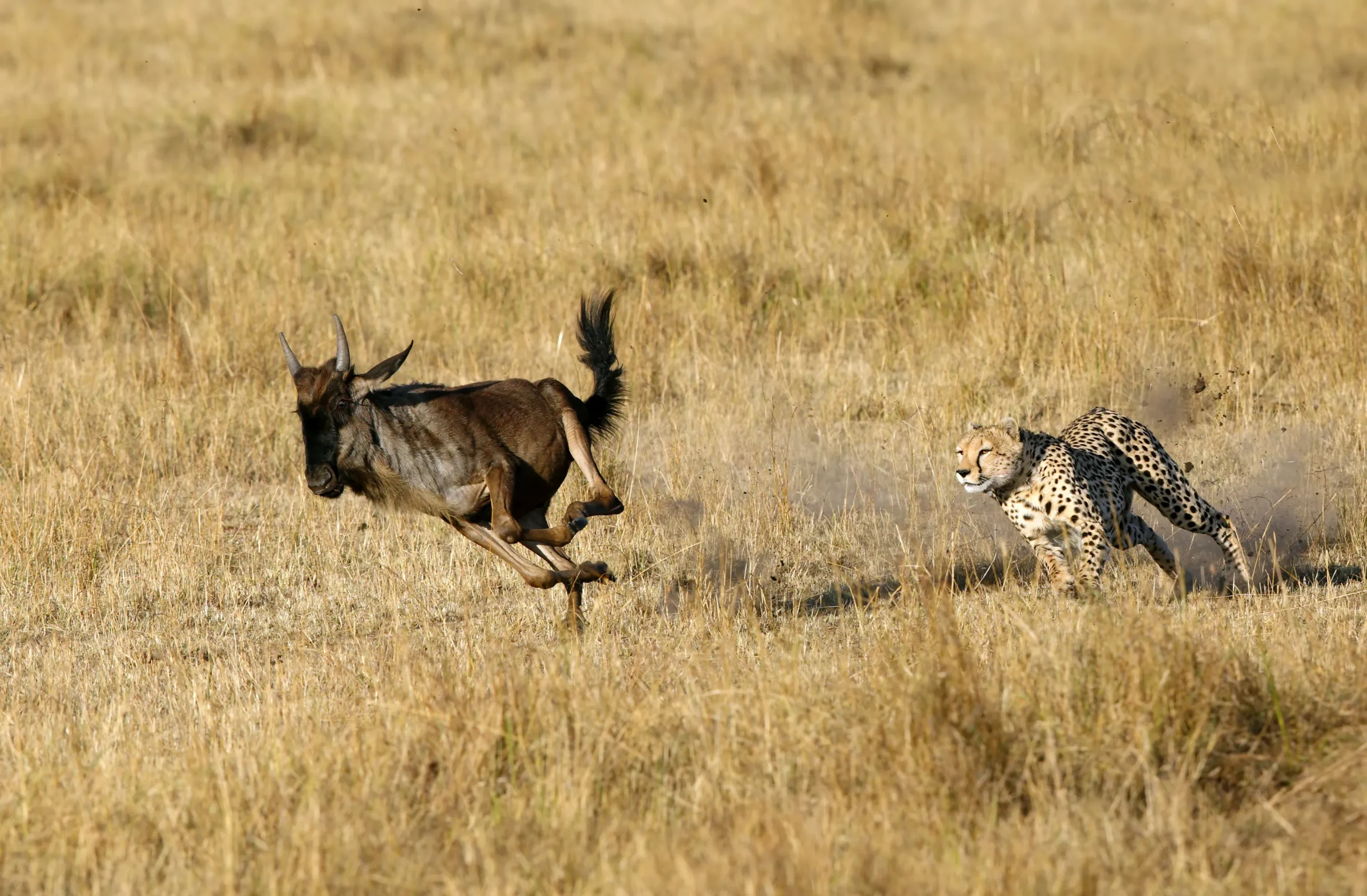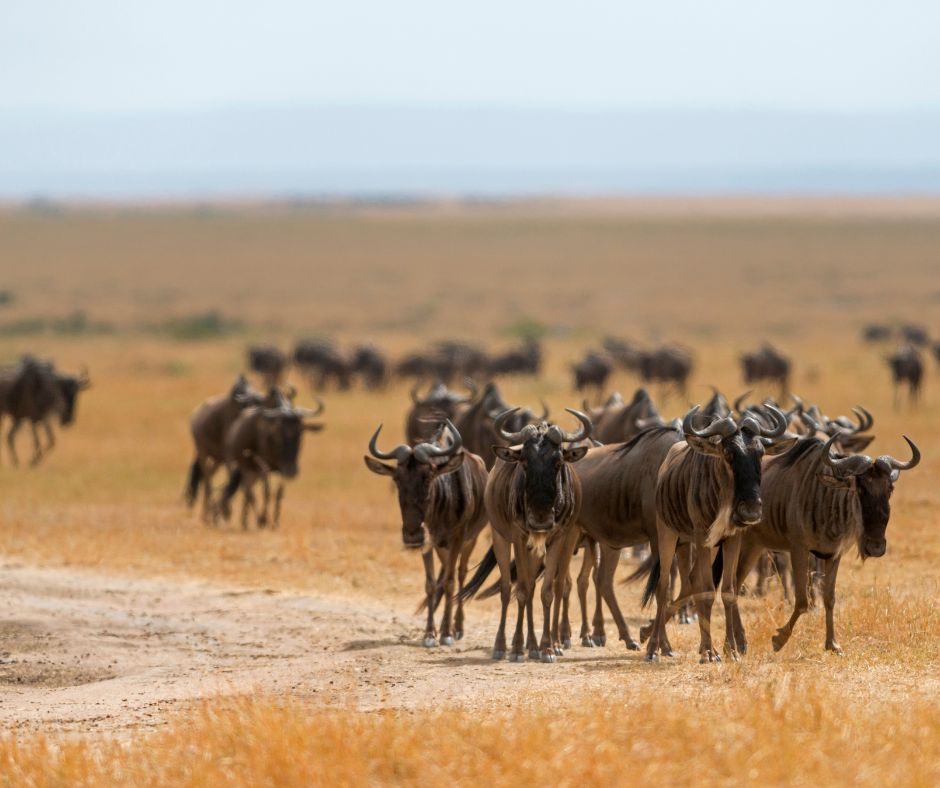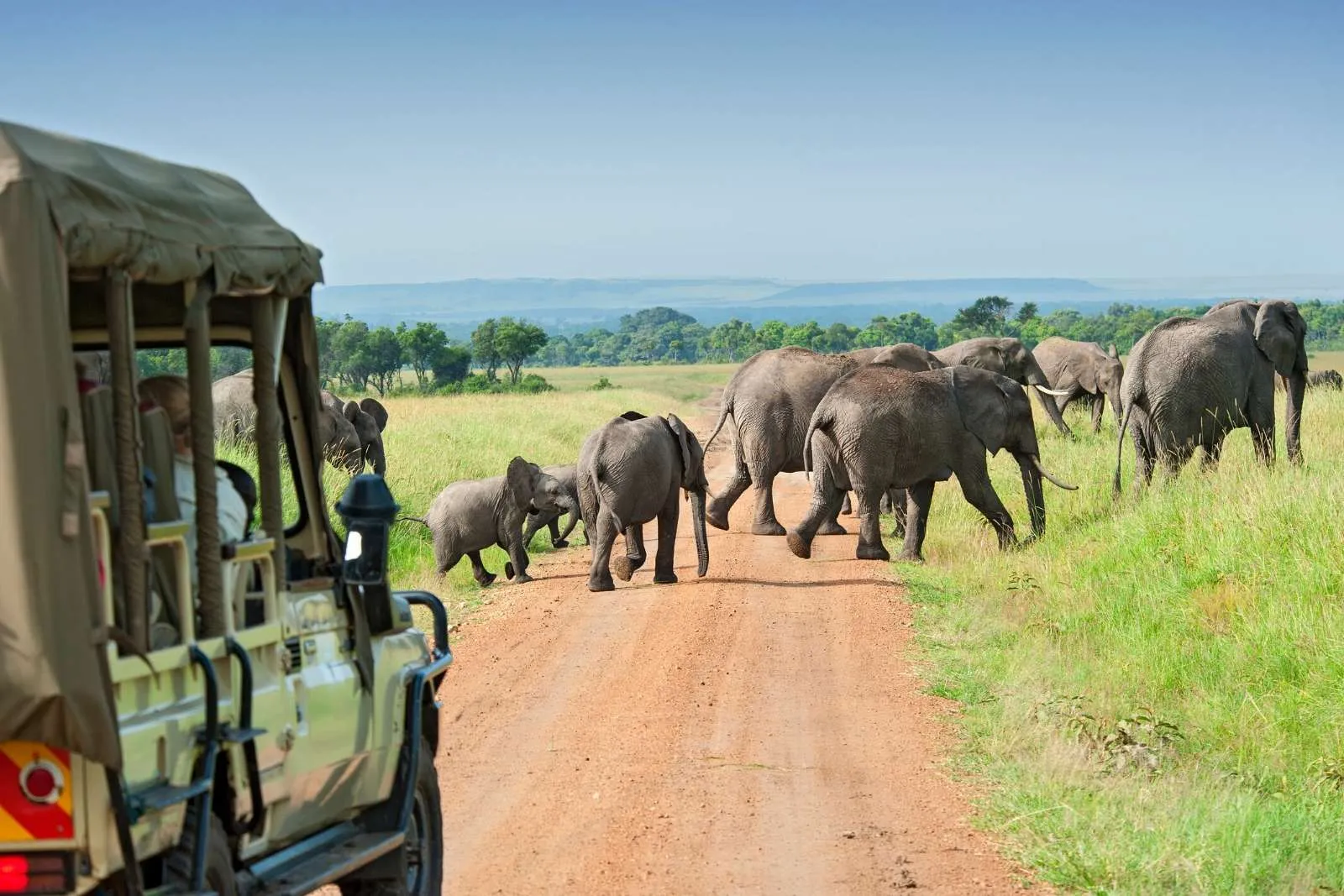Tarangire National Park is a remarkable wildlife haven located in the northern part of Tanzania, renowned for its stunning landscapes, rich biodiversity, and iconic wildlife. Situated in the Manyara Region, Tarangire is one of the most visited parks in Tanzania and is a must-see for safari enthusiasts. It is part of the Tarangire-Manyara Ecosystem, which plays a crucial role in the conservation of Tanzania’s wildlife. Here’s everything you need to know about Tarangire National Park:
Location and Size
- Location: Tarangire National Park is located approximately 120 kilometers (75 miles) southwest of Arusha, one of Tanzania’s key safari gateways. It is part of the northern safari circuit, close to other famous parks like Serengeti and Ngorongoro Crater.
- Size: Covering around 2,850 square kilometers (1,100 square miles), Tarangire is one of the largest national parks in Tanzania. The park is particularly famous for its vast open savannahs, swamps, and the dramatic river systems that draw a variety of wildlife.
History and Establishment
- Founded: Tarangire National Park was established in 1970 to protect the wildlife and natural habitats within the region.
- Historical Significance: The park is named after the Tarangire River, which runs through it and serves as a vital water source for animals, especially during the dry season. Tarangire is known for its traditional migration patterns, where many species move from the central Serengeti area to Tarangire for water.
Landscape and Terrain
- Topography: The park is characterized by diverse landscapes that include open savannah, acacia woodlands, grassy plains, and swampy areas. The Tarangire River is the lifeblood of the park, providing essential water to wildlife, especially in the dry months.
- Rivers and Watering Holes: In addition to the Tarangire River, the park features several waterholes that attract large numbers of animals, particularly during the dry season when water is scarce elsewhere.
- Climate: Tarangire has a semi-arid climate with distinct wet and dry seasons. During the dry season (June to October), temperatures can be hot, reaching up to 35°C (95°F). The rainy season (November to May) brings cooler temperatures, though it can be challenging for wildlife viewing due to the dispersed wildlife and muddy roads.
Wildlife
Tarangire National Park is famous for its incredible diversity of wildlife, offering visitors the chance to witness some of the most iconic species of Africa in a beautiful, rugged environment.
- The Big Five: While Tarangire is not as famous for its lions as other parks like Serengeti, it is home to all of the Big Five – elephants, lions, leopards, buffaloes, and rhinos. The park’s elephant population is particularly notable, with large herds often found congregating near the river and watering holes.
- Elephants: Tarangire is known for its large elephant herds, and it is considered one of the best places in Tanzania to see elephants in significant numbers. The park’s elephants are often seen dusting themselves with the iconic red soil, adding to the park’s charm.
- Lions: The park has a healthy population of lions, although they are less visible than in some other parks. They are typically found near the river or in the more remote parts of the park.
- Other Wildlife: The park is home to a variety of other animals, including cheetahs, zebras, giraffes, wildebeests, gazelles, and impalas. The Gerenuk, a unique species of antelope, is also found here. The park’s diverse habitats support a wide range of species.
- Birdlife: With over 550 bird species recorded, Tarangire is a paradise for birdwatchers. You can spot a variety of waterfowl along the riverbanks, as well as species such as ostriches, hornbills, vultures, and various eagles and storks.
Attractions
- Tarangire River: The river is the heart of the park, attracting an array of animals, especially during the dry season. It is a prime location for game viewing, as many animals come to drink.
- Baobab Trees: The iconic baobab trees of Tarangire are a highlight for visitors. Their massive, twisted trunks and dense canopy make for fantastic photo opportunities and create a unique atmosphere in the park.
- Silale Swamp: Located in the southern part of the park, Silale Swamp is a key feature of Tarangire and an important water source for wildlife. It’s an ideal spot for birdwatching and offers the chance to see large herds of elephants.
- Swamps and Marshes: These areas provide essential habitat for both resident and migratory birds and are key for wildlife during the dry season.
Activities
- Game Drives: The primary activity in Tarangire is game viewing. Visitors can explore the park via guided or self-drive safaris, with morning and evening drives providing the best opportunities for wildlife sightings. The park’s vast open spaces and concentrated wildlife near water sources make for excellent game viewing.
- Bird Watching: With over 550 bird species, Tarangire is a paradise for birdwatchers. It’s a great location to see both migrant and resident bird species, especially along the river and swamps.
- Photography: Tarangire’s unique landscapes and abundant wildlife offer fantastic opportunities for photography. Whether it’s capturing the grandeur of the baobab trees or a dramatic wildlife scene at the river, photographers will find plenty to shoot.
- Cultural Experiences: Visitors have the opportunity to learn about the local Maasai communities, who live in the area surrounding the park. Cultural visits can offer insights into their traditional way of life and their relationship with the land.
Accommodation
There is a wide range of accommodation options within and around Tarangire National Park, catering to all budgets and preferences:
- Luxury Lodges & Camps: Some popular luxury accommodations include Tarangire Treetops Lodge, Oliver’s Camp, and Swala Camp, offering all the comforts of high-end safari experiences.
- Mid-Range Options: Tarangire Sopa Lodge and Sentrim Tarangire Lodge provide excellent options for those looking for comfort at a more affordable price.
- Camping: There are several campsites within the park, as well as private camps located on the park’s perimeter, for those who wish to have a more adventurous experience.
How to Get There
- By Road: Tarangire is easily accessible by road from Arusha, which is about a 2-hour drive away. It can also be reached from Ngorongoro Crater and Serengeti by road, making it a great addition to a multi-park safari.
- By Air: Several chartered flights operate to Tarangire Airstrip, which is located near the park’s main entrance. From the airstrip, visitors can transfer to their accommodations by road.
Best Time to Visit
- Dry Season (June to October): The best time to visit Tarangire is during the dry season when wildlife is concentrated around the river and watering holes. This period offers excellent game viewing opportunities, as animals are easier to spot.
- Rainy Season (November to May): While the rainy season brings lush landscapes and fewer tourists, wildlife can be more dispersed, and some roads may become impassable. However, birdwatching is at its peak during this time, as many migratory birds arrive.
Conservation and Challenges
Tarangire faces challenges such as human-wildlife conflict, poaching, and land encroachment. However, significant conservation efforts are underway, supported by the Tanzania National Parks Authority (TANAPA) and various NGOs. These initiatives aim to protect the park’s wildlife and habitats, especially for endangered species like elephants and rhinos.
Conclusion
Tarangire National Park is an exceptional destination for those looking to experience Tanzania’s rich wildlife, stunning landscapes, and cultural heritage. Whether you’re exploring its diverse ecosystems on a game drive, birdwatching along the river, or simply relaxing amid the towering baobab trees, Tarangire offers a unique and authentic safari experience. It’s a must-visit destination for wildlife lovers, photographers, and adventurers seeking the true spirit of Africa’s wilderness.








